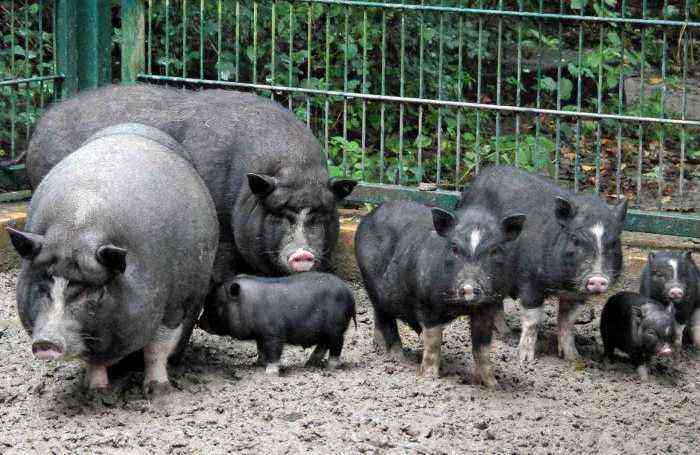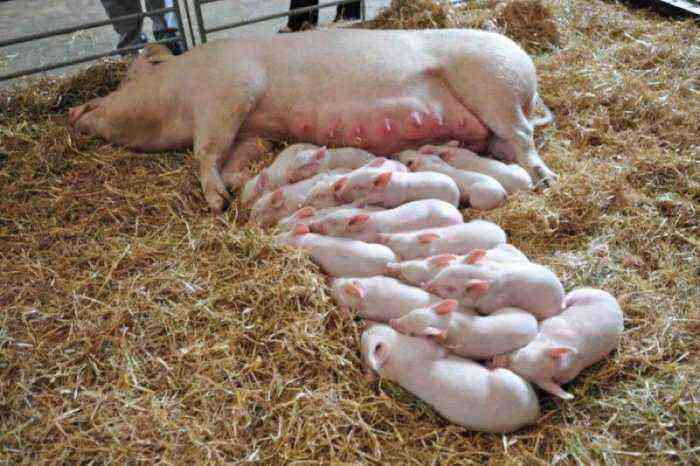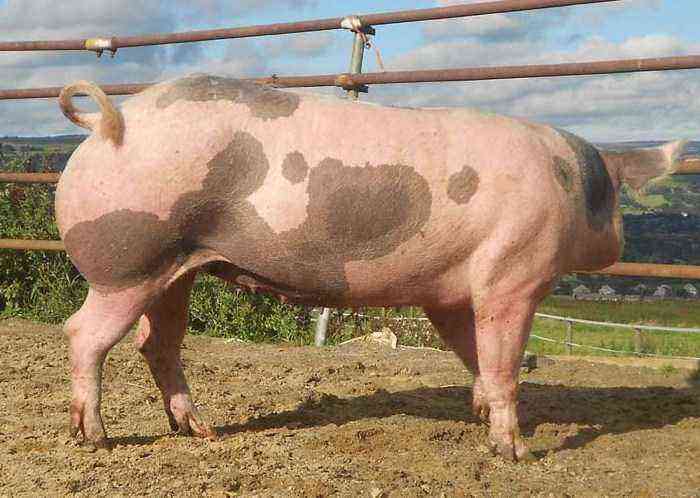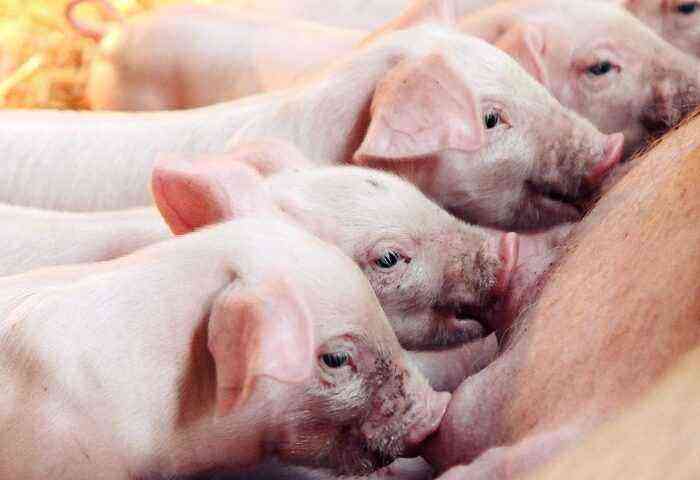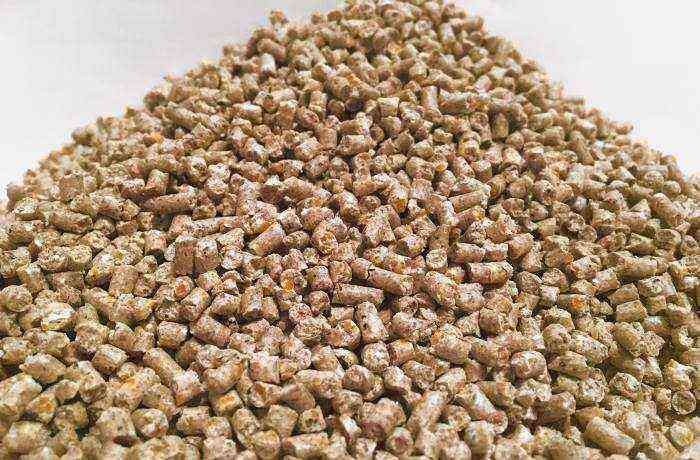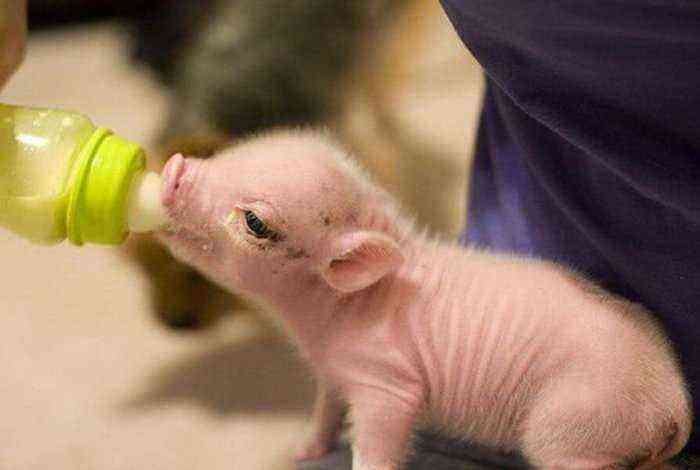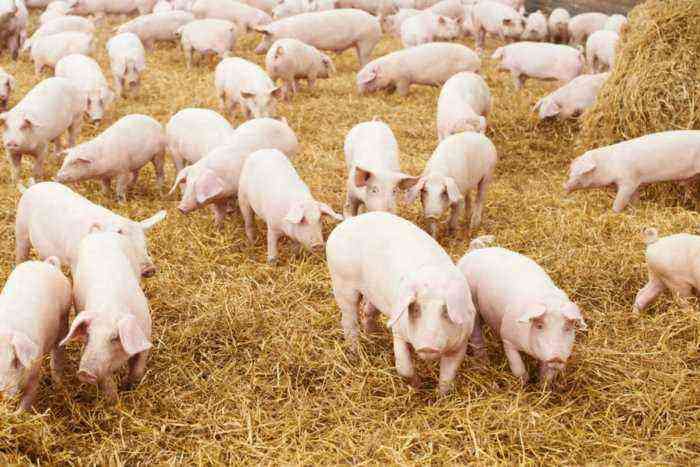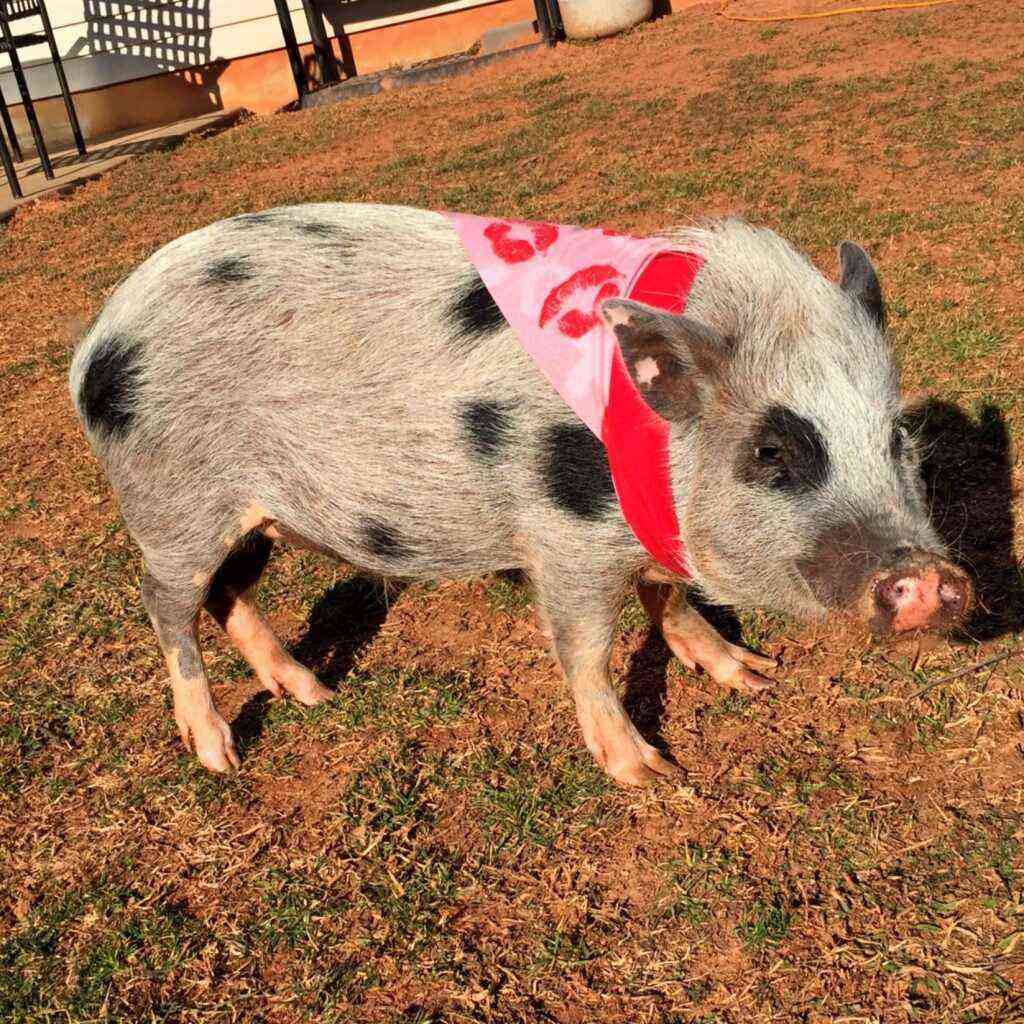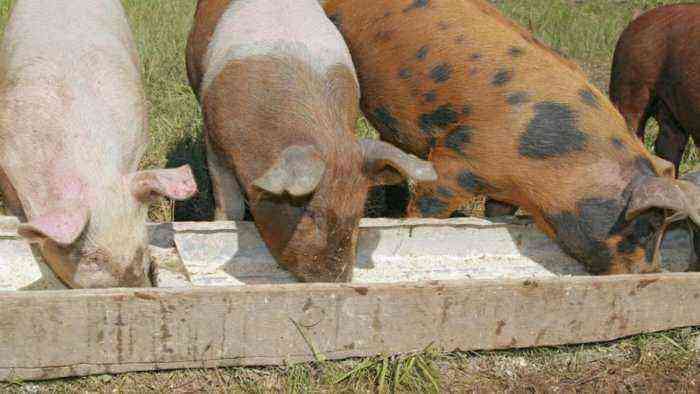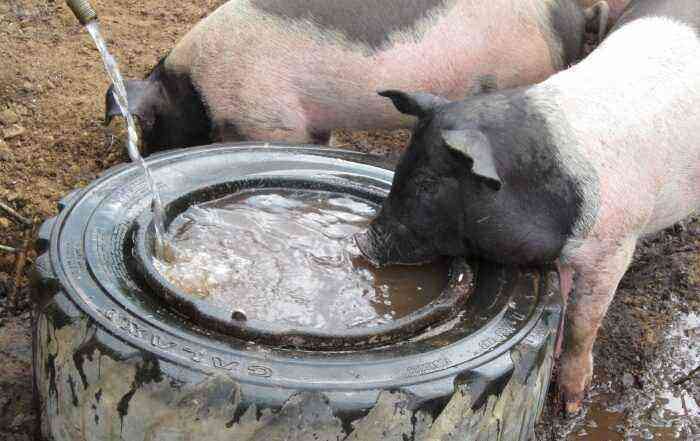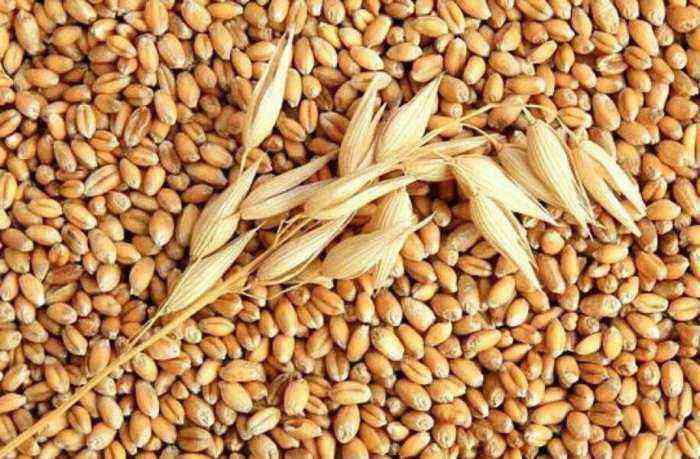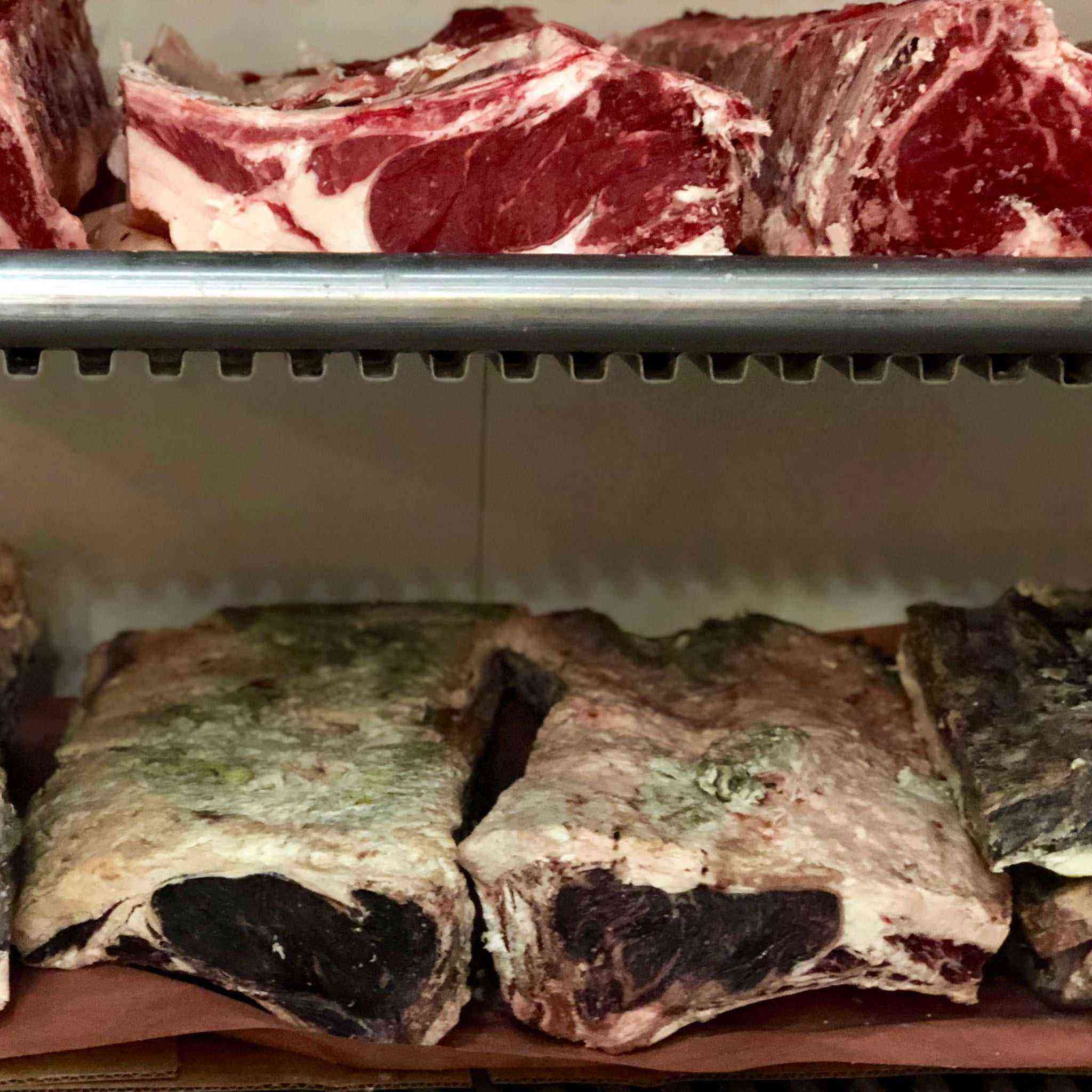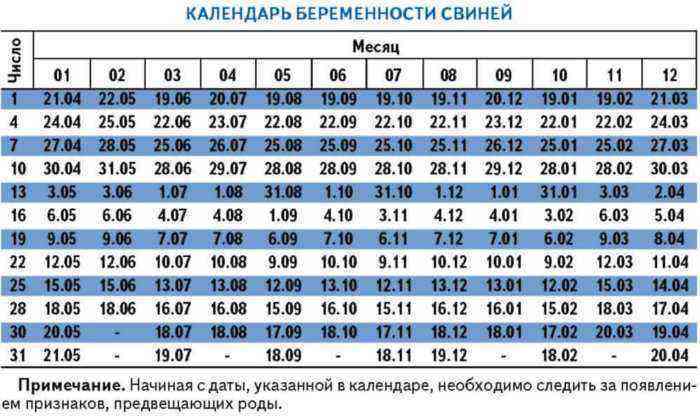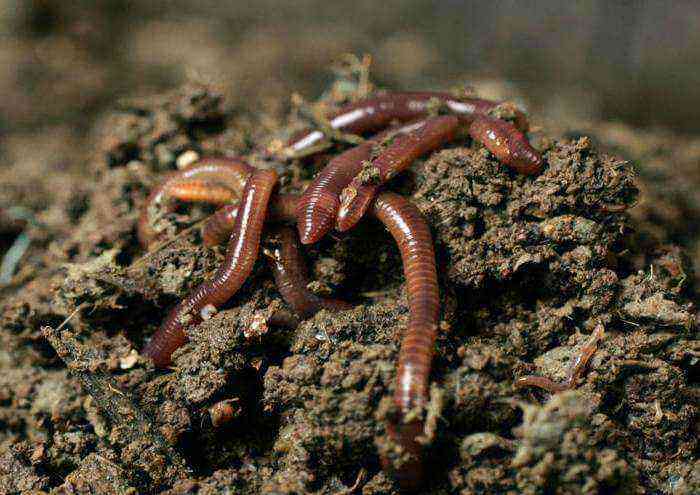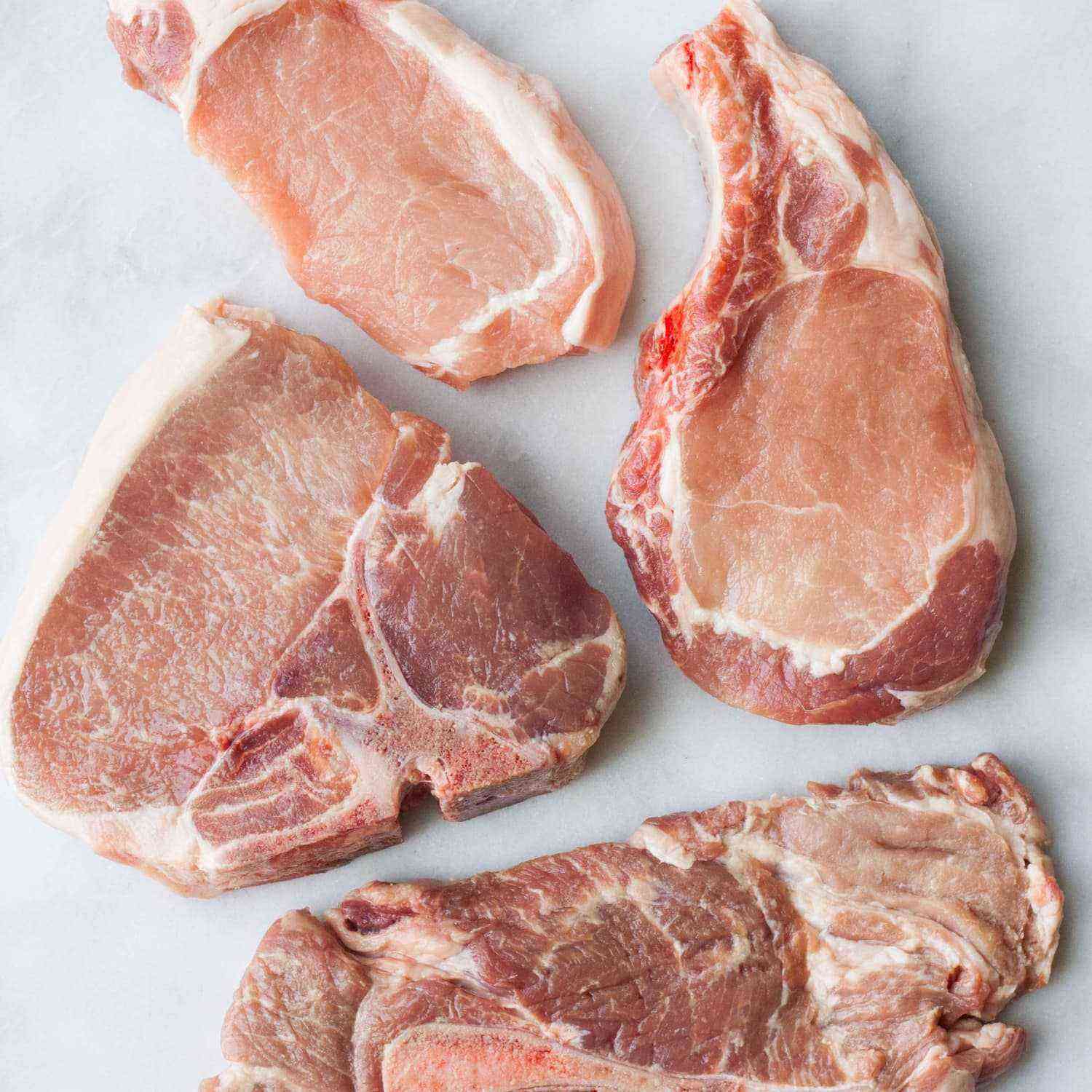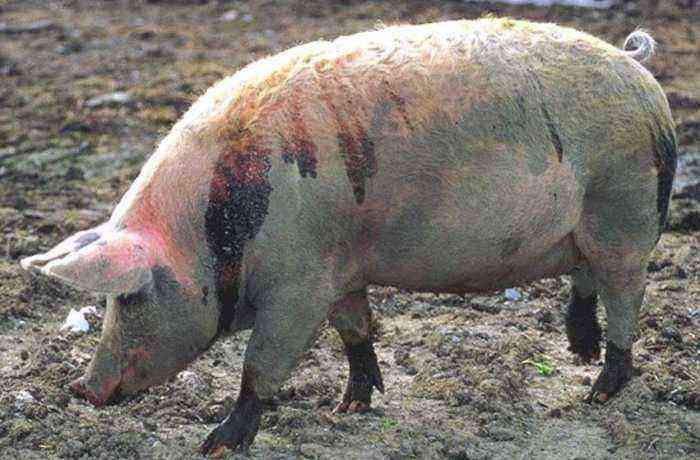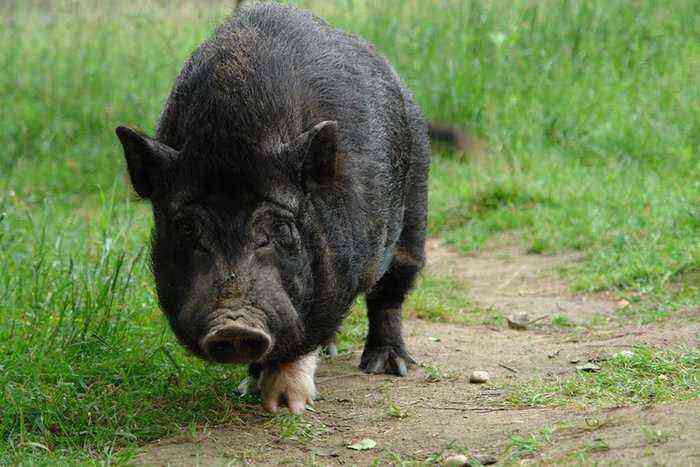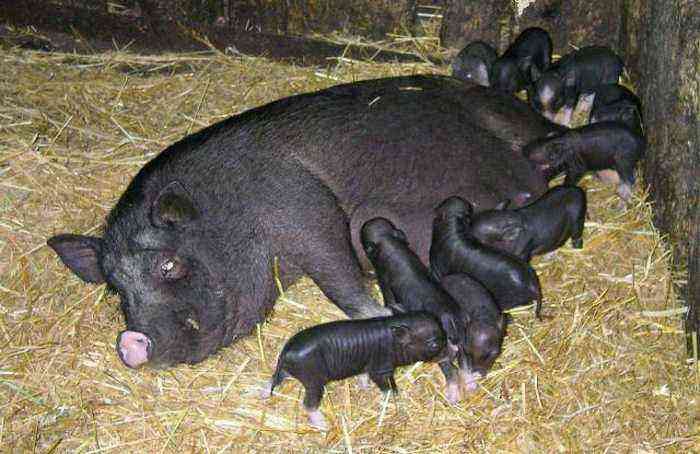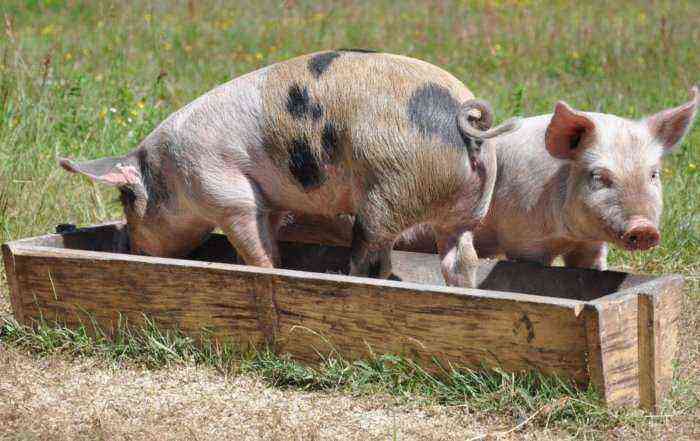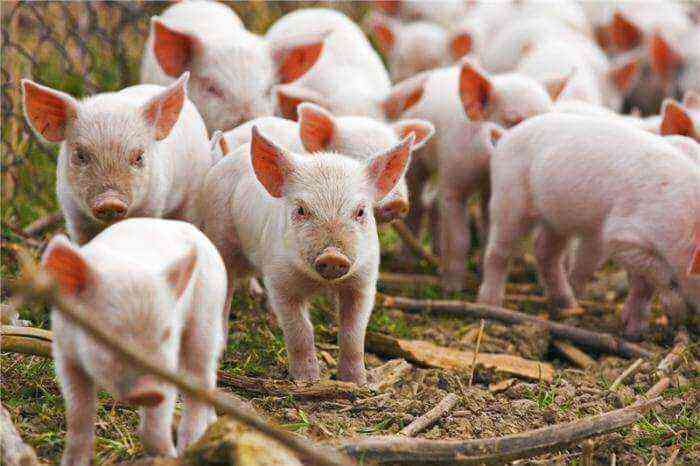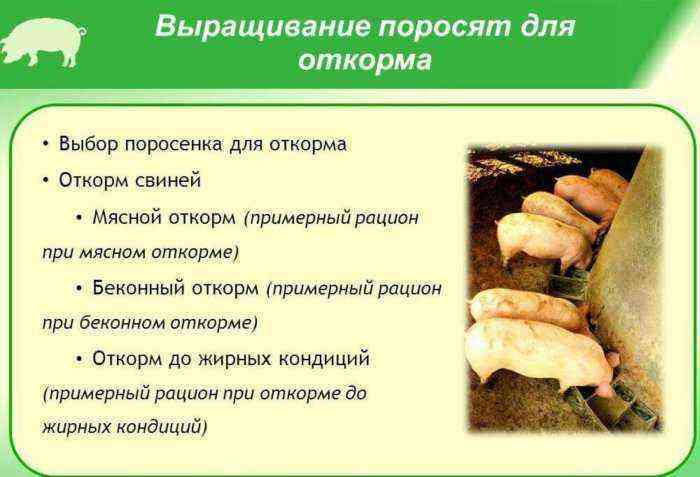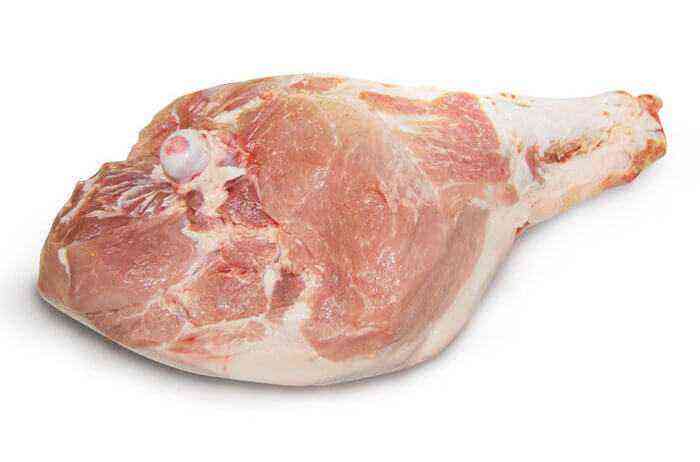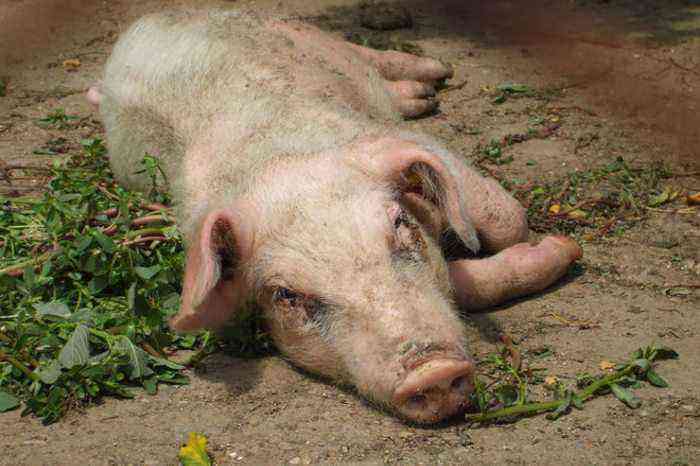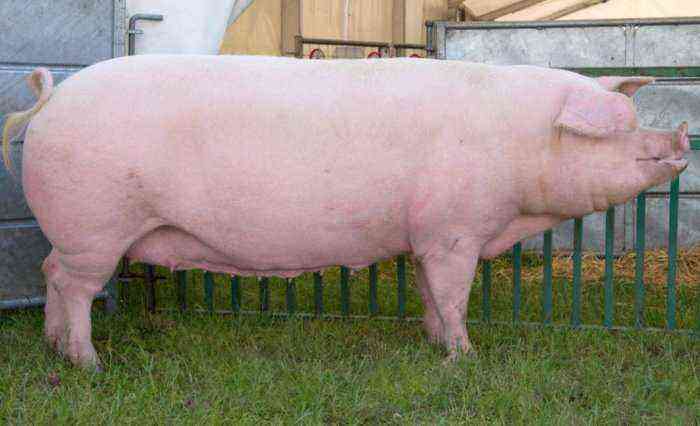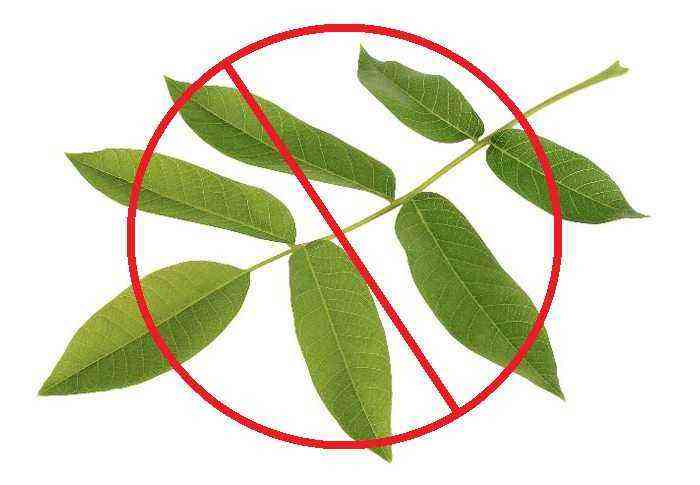The word “dyspepsia” literally translated from Greek means indigestion. This disease is often found in young animals, especially newborns are susceptible to it. Dyspepsia in piglets is usually accompanied by diarrhea, intoxication and severe dehydration. With a severe course of the disease, young animals often die from fluid loss, which is why dyspepsia is dangerous. It is important to understand why the disease develops, what are its symptoms, how the treatment is carried out.
dyspepsia in pigs
Types and forms of dyspepsia
Depending on the causes that caused digestive disorders, dyspepsia in piglets is divided into types:
- Alimentary – the composition or volume of food does not correspond to the capabilities of the digestive system of newborn piglets.
- Enzyme deficiency – develops due to a lack in the digestive tract of the necessary enzymes for the digestion of food.
- Immunodeficiency – occurs due to the low resistance of the body.
- Autoimmune – the body of newborn piglets perceives mother’s milk as a threat, a foreign substance, and begins to produce antibodies in large quantities (this happens if the sow is sick with autoimmune diseases).
Dyspepsia also differs in the form of the course. Consider them:
- Simple.
- Toxic.
Symptoms
Dyspepsia develops rapidly. Depending on the type of disease or the causes that provoked it, symptoms appear within 1-3 days after the birth of piglets. Symptoms:
- Profuse diarrhea.
- Loss of appetite.
- General oppression.
- Signs of dehydration – the eyes of the piglets sink down, the mucous membranes are dry.
- The temperature is normal (may rise later).
Attention! With dyspepsia, newborns lose fluid very quickly, which means that treatment should be started urgently. The bill goes literally by the hour.
Diagnostics
Noticing the deterioration of the piglets, you should immediately seek veterinary help. When making a diagnosis, the clinical signs of the disease are taken into account, as well as the results of laboratory tests of blood, urine and feces. A lot of protein is found in the urine, in the blood with this disease the number of leukocytes decreases, and lymphocytes and eosinophils increase. In the feces, the number of leukocytes increases significantly.

Piglet blood test
The diagnosis of sow colostrum is important. The veterinarian should rule out other possible bowel diseases that caused severe diarrhea, such as colitis, bacterial and viral infections.
Attention! Treatment begins immediately, when a preliminary diagnosis is made, without waiting for the results of laboratory tests. If necessary, the veterinarian will later make adjustments to the treatment regimen.
Treatment
Dyspepsia is treated comprehensively. The main efforts are aimed at:
- Replenishment of fluid in the body.
- Fight against diarrhea.
- Elimination of pathogenic microflora in the intestine.
- Fight against intoxication.
- Restoration of bowel function.
- Increasing the body’s resistance.
First of all, it is necessary to stop feeding sick piglets for several hours to calm the intestines. If the disease is severe, it may be necessary to wash the abomasum, a cleansing enema. Particular attention is paid to the fight against dehydration.
To restore the volume of lost fluid, piglets are fed with a weak saline solution, alternating it with herbal decoctions. They are kept on a semi-starvation diet for 2 days, after which its volume is gradually brought up to the daily norm. If the cause of the development of dyspepsia was the mother’s milk, for example, she is sick with mastitis, then the piglets should be placed with a healthy sow.
In severe cases of the disease, the volume of lost fluid and electrolytes is replenished not by the oral method, but by subcutaneous administration of isotonic solutions and glucose. A hypertonic solution of sodium chloride and calcium chloride is administered intravenously. In some cases, insulin may be required to avoid hyperglycemia.
Since pathogenic microorganisms predominate in the intestine, the fight against diarrhea is directly related to their elimination. Piglets are given antibiotics orally or injected intramuscularly. If diarrhea continues, apply astringents. It can be herbal decoctions, for example, oak bark. Bismuth salts or tannin will help to cope with diarrhea.
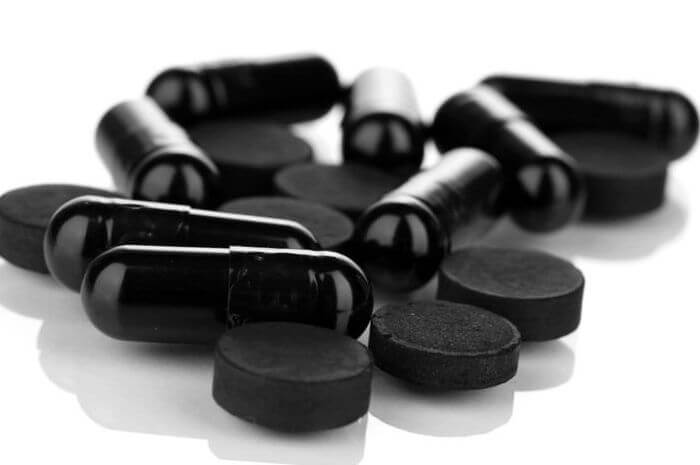
Activated carbon
Sorbents are used to eliminate the symptoms of intoxication of the body.. Plasma-substituting solutions are administered intravenously, thanks to which an improvement in the general condition of the body is achieved. Inside, they give activated charcoal, rice water, as well as decoctions that envelop the stomach, for example, from flaxseed.
Antispasmodics help relieve attacks of pain and spasms in sick piglets, they are given analgin, spasmalgon. Antihistamines, such as tavegil, histoglobin, and others, will help reduce the permeability of the walls of capillaries and blood vessels and prevent the development of inflammation.
At the final stage of treatment, it is important to pay attention to improving the immunity of sick animals.. For this purpose, plasma and blood serum, vitamins and immunoglobulins are used. To restore the normal intestinal microflora, piglets are given to drink bifidobacteria and lactobacilli.
preventive measures
Farmers should pay attention to the prevention of dyspepsia in piglets. It includes:
- Providing pregnant sows with good nutrition, sufficient exercise.
- Maintaining normal sanitary and climatic conditions in the pigsty.
- Timely feeding of newborns with colostrum.
- Timely diagnosis of mastitis in sows.
- Compliance with the frequency of feeding the cubs.
Dyspepsia is deadly for newborn piglets, as it is accompanied by severe dehydration. If you notice its symptoms, you can not hesitate. It is necessary to immediately begin treatment aimed at replenishing the lack of fluid in the body, removing intoxication, and eliminating pathogenic bacteria in the intestine. When the piglets are on the mend, it is necessary to strengthen measures to strengthen their immunity.

